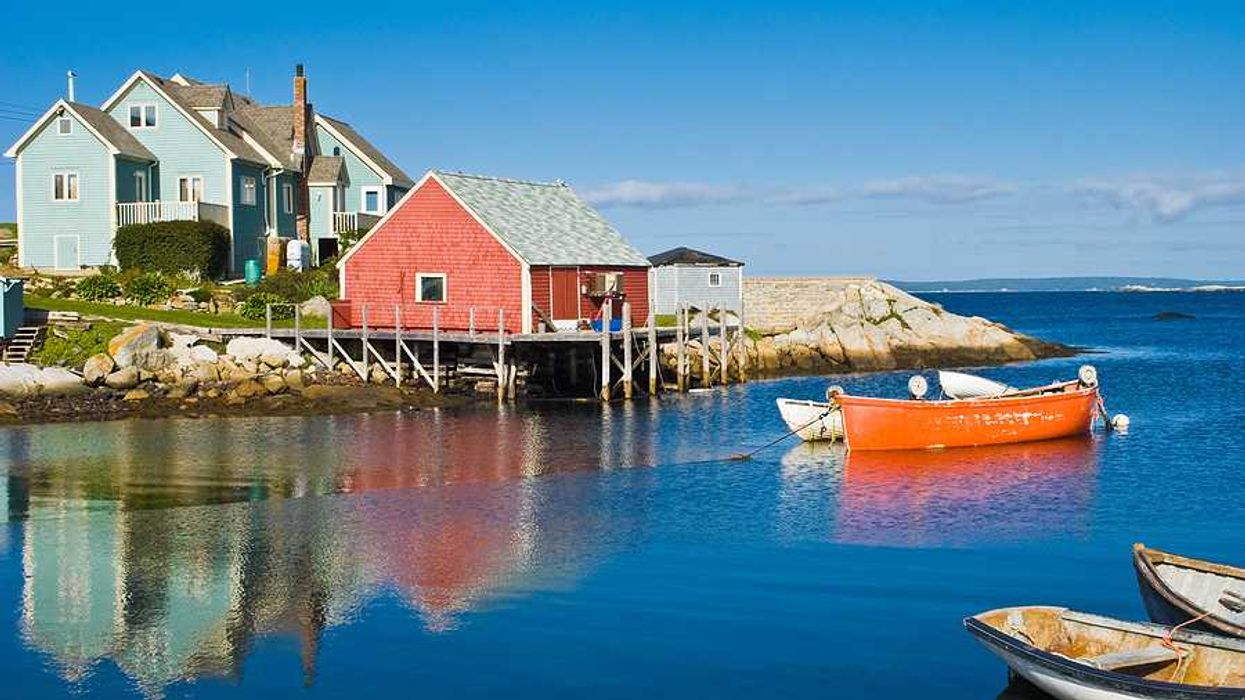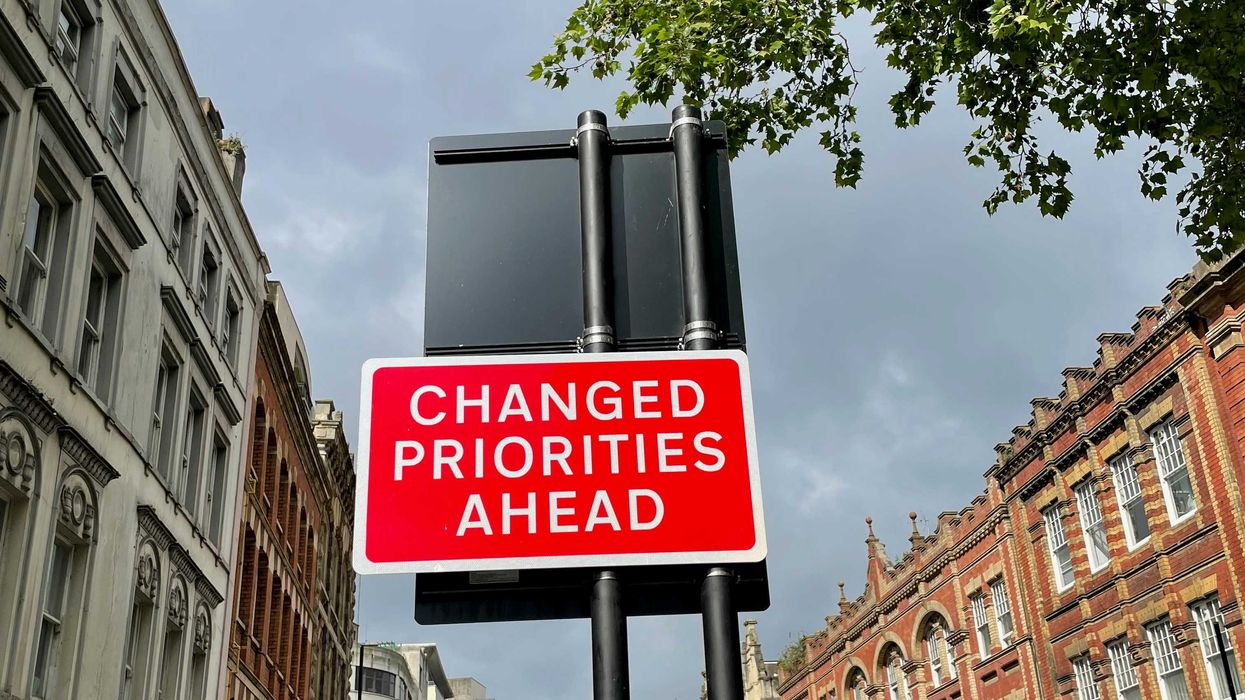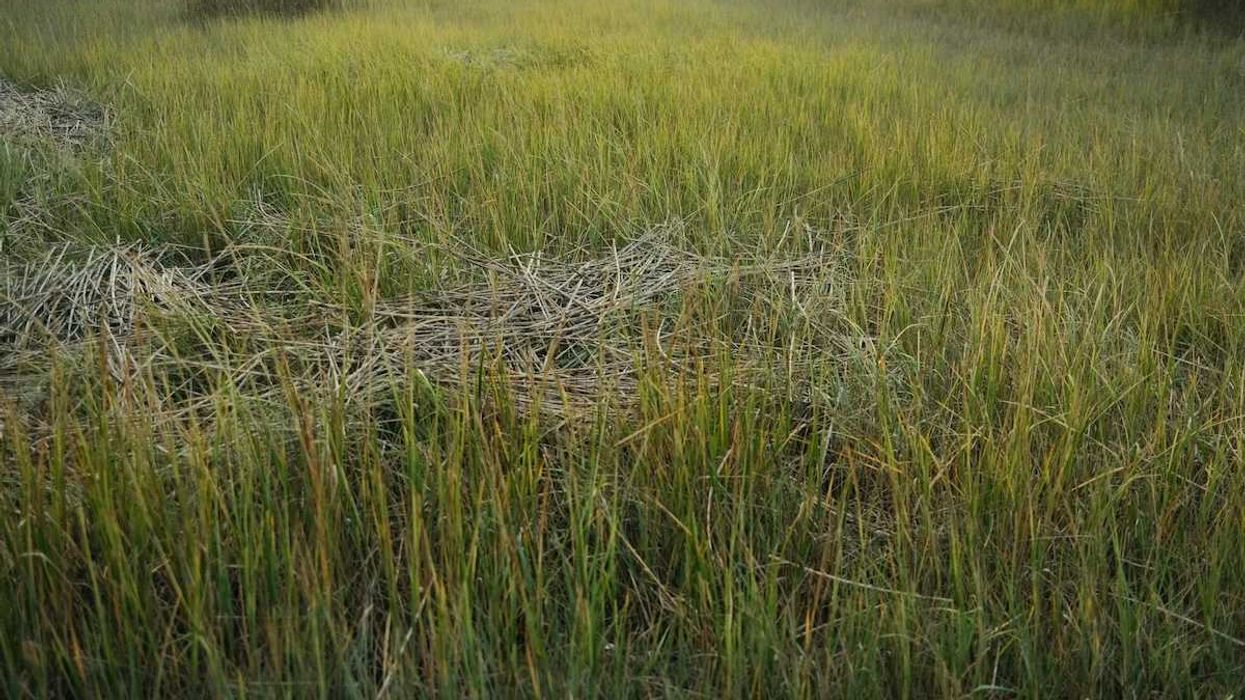As wildfires intensify and spread to densely populated areas of the East Coast, concerns grow over the heightened risk to human life and property.
Sara Novak reports for National Geographic.
In short:
- Recent studies show a significant rise in large wildfires in the Eastern U.S., doubling in number from 2005-2018 compared to previous decades.
- The Eastern U.S. faces a unique threat due to higher population density and the wildlife-urban interface, increasing the risk to human life and property.
- Human activities are the primary cause of these fires, with 85% of wildfires attributed to human ignition, highlighting the need for increased awareness and prevention measures.
Key quote:
“This makes for wildfire conditions that are much more difficult for us to suppress.”
— Victoria Donovan, ecologist at the University of Florida
Why this matters:
The shift of wildfires to the East Coast, a region with dense human populations, underscores a critical aspect of climate change's impact on public safety. Understanding and addressing this trend is vital for protecting communities and informing public policy on environmental health and safety.
Read Derrick Z. Jackson's piece: Will toxic haze and the 2023 danger season make a difference?














